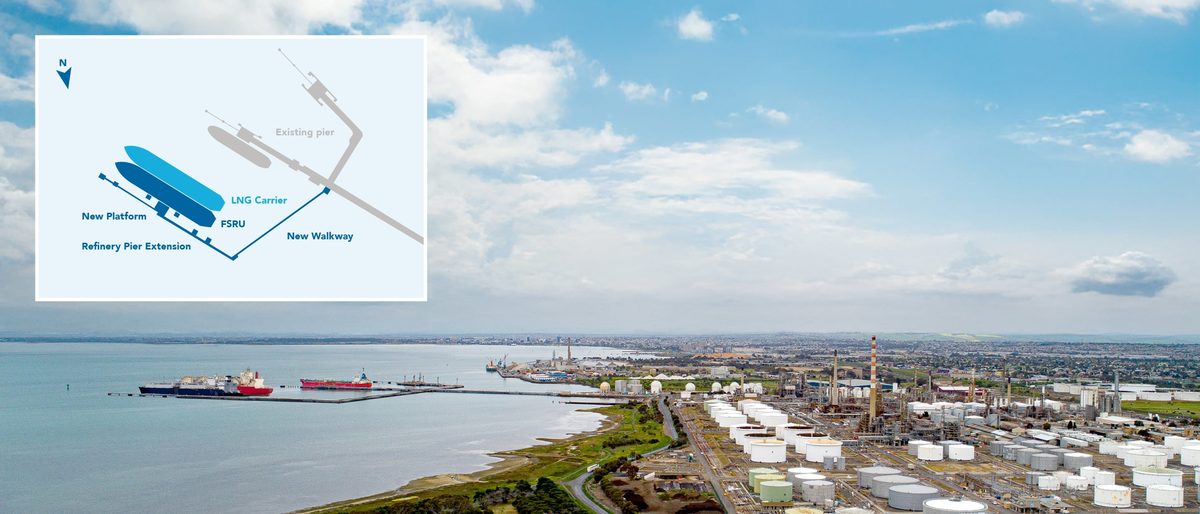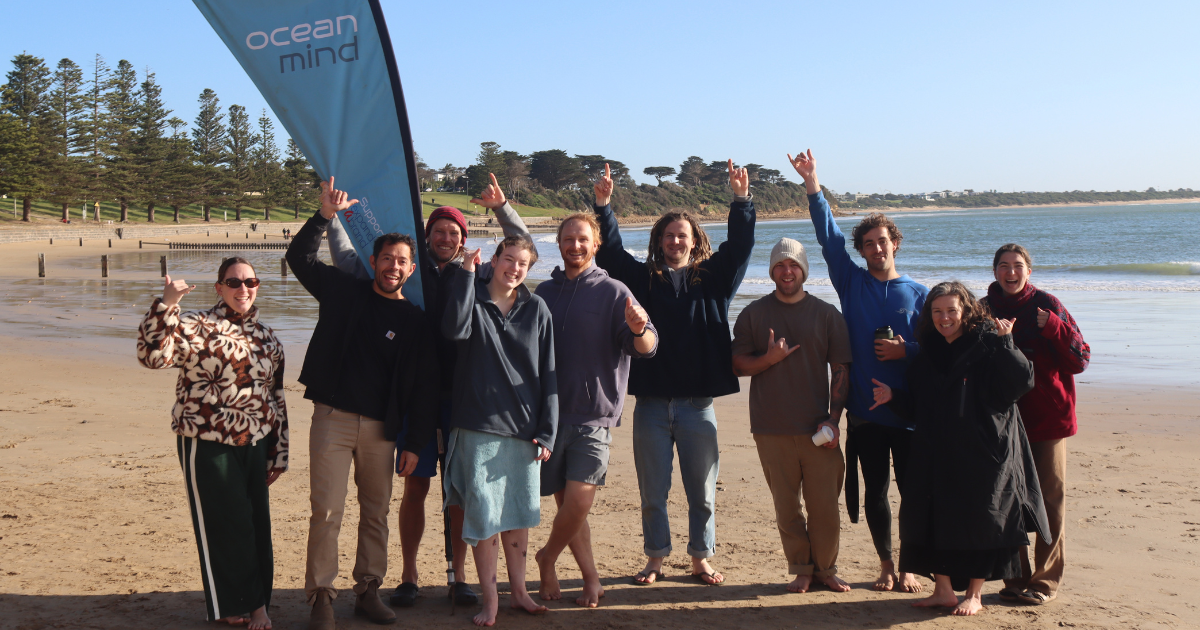City strategy: G21 says Geelong-Melbourne connection must be balanced

G21 chief executive officer Giulia Baggio says the Geelong region has to actively and consciously grow well.
GEELONG’S mutually beneficial relationship with Melbourne is clear and efforts to improve it should be encouraged, G21’s chief executive officer says, but this must be balanced with Geelong now being a destination in its own right.
Late last month, Infrastructure Australia published a 15-year roadmap that highlighted several priorities for the nation’s multi-billion infrastructure spend, including supporting growth in regional centres, digitisation and sustainability.
The report notes there has been strong growth in not only “Fast-Growing Cities” such as Melbourne but also in “Satellite Cities” such as Geelong that have average annual population growth of more than 2.3 per cent.
In a section about changing how cities are planned, governed and developed, the 2021 Infrastructure Australia report states people must be able to travel around and between cities for them to function at their best, and there needs to be a shift to a “networked view of place”.
“It is equally important to connect big cities with smaller satellite cities in their orbit so they can benefit from each other’s strengths,” the report states.
“Planning and building place-centric activity centres and their infrastructure must take a strong network approach that ties different transport hubs together effectively, enabling people and goods to move around easily.”
G21 chief executive officer Giulia Baggio said Geelong was one of the fastest if not the fastest-growing region in Australia.
She said the Geelong-Melbourne connection was a good example of two cities reasonably close together but both with their own domain where both road and rail traffic could flow in both directions.
“If you think of Italy, for example, a lot of prominent cities are not that far away from each other and that creates a really strong, productive economy going in all directions. So I see in the geographic space of being so close together, we’ve got the potential for that same synergy between Melbourne and Geelong.
“But Geelong, make no mistake, is a destination in its own right, because it’s now starting to get that critical mass as it reinvents itself.
“A lot of people, especially with how the pandemic has changed our work habits, are now thinking ‘I can work from home, and there’s now enough good-quality jobs and attractions in and around Geelong itself for me to simply make Geelong my headquarter city, rather than travelling down the road to Melbourne’.
“The upside of the working from home experiment and the shift to the regions means that the balance has shifted favourably in our direction.”
She said G21 had known for five years that Geelong had been growing faster than Melbourne but COVID-19 had “turbocharged” this growth, so it was even more pressing to implement management strategies to “not replicate the mistakes of urban sprawl”.
“We have to build our 20-minute neighbourhoods, really plan for climate change, and really plan for low or no greenhouse gas emission in everything we build and everything we do.
“We’ve got a chance to start with a fairly clean slate to get this right, so in many ways, it’s a wonderful opportunity, but we’ve got to actively and consciously grow well.”

















